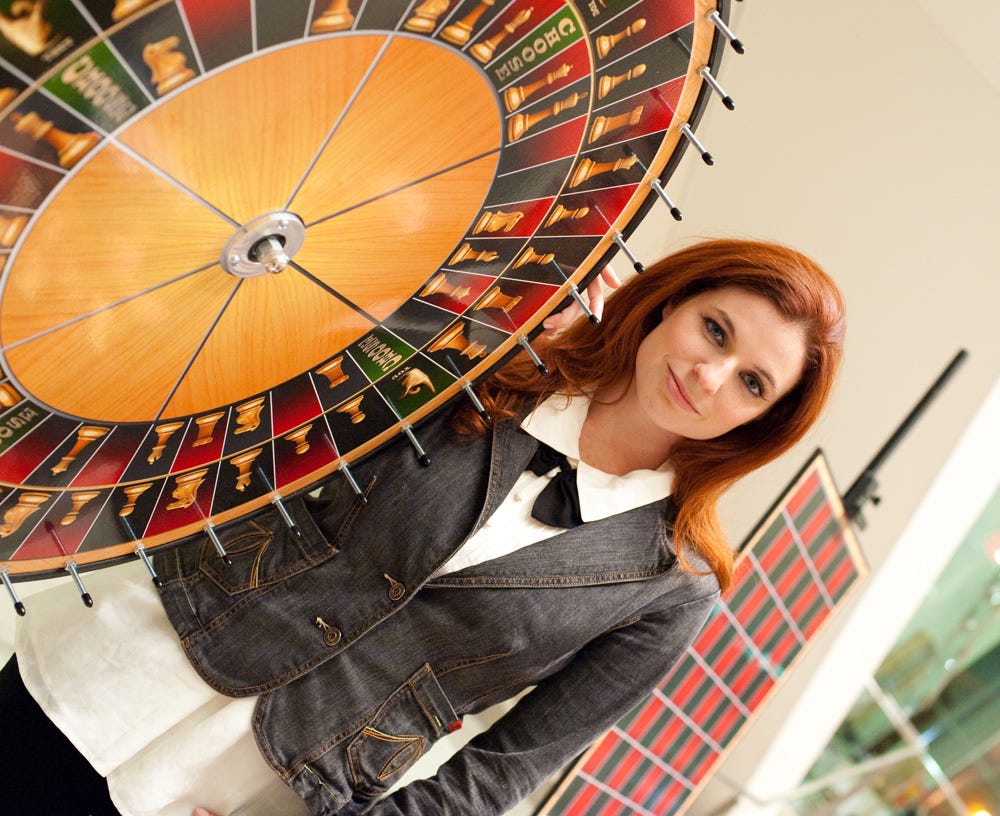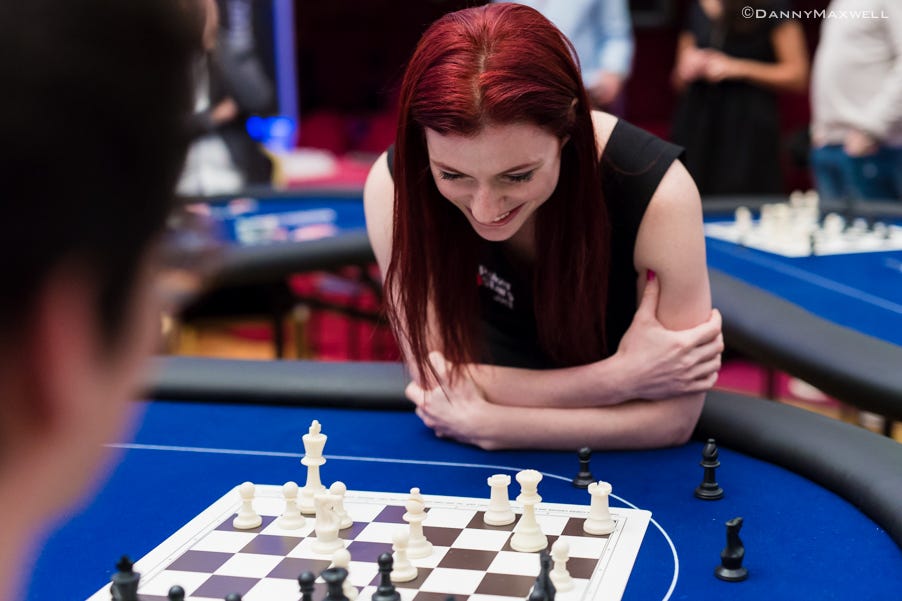Yale and the Beast: Adventures in Game Theory Part I
From Reality TV to Yale's decades old open courses, lessons on game theory are everywhere.
I have been watching the Yale Open Course on Game Theory with professor Ben Polak. I highly recommend it. The production values aren’t that slick and it’s from 15 years ago, so some of the slang and references will feel dated. That’s part of the charm. The slow pace and lack of flashy graphics gave me nothing to do but think about how all this applies to my life and work1.
The 2/3 the Average Problem
The first two classes set up the 2/3 the average problem, which is fantastic. You could spend a minute reading about it on Wikipedia, but watching the class is a different experience entirely. It’s like glancing at poker math for two minutes versus actually playing against a GTO trainer for two hours.
The Setup
You ask everyone in a room to pick a number from 1 to 100, aiming to guess 2/3 of the group’s average pick.
The first realization is that any number over 66 is a losing choice. Even if everyone picked 100, the average would be 66.67.
From there, the logic continues:
Why pick 44? That’s 2/3 of 66, but still too high because 66 is the maximum number than can be chosen.
Why pick 30? That’s about 2/3 of 44, which is too high because 44 is already too high.
Why pick 20? That’s 2/3 of 30, which is too high because 30 is too high.
You see the pattern. Theoretically, infinite iterations should drive the answer to zero.
But in practice, zero rarely wins, because not everyone iterates that far. According to Professor Polak, a number between 8 and 12 usually won in his class. The modal answer in his 2008 class was zero, meaning more students chose zero than any other number. The average, however, was driven up to a little over nine by students who picked large numbers. 2
The real takeaway from the 2/3 The Average Problem is that you can’t assume everyone is unthinking, but it can be just as costly to assume they’re all optimal thinkers.
Pick too high, and you assume no one is thinking deeply.
Pick zero, and you assume everyone is iterating infinitely.
The same logic applies in poker and negotiation. If you assume opponents never bluff, you’ll over-fold. If you assume they play optimally and bluff the perfect amount, even in situations where it’s hard to find bluffs, you’ll lose a lot of money. Success isn’t about figuring out the perfect answer. It’s about gauging how deeply others are thinking. It’s about figuring out what their number is3.
The game doesn’t end when you realize zero is the “correct” answer. That’s when the real game begins.
Beast Games Theory
Around the same time I watched this, my eight-year-old son convinced me to watch Beast Games, the new competition reality show from 26-year-old YouTuber Jimmy Donaldson, aka Mr. Beast.
There’s a lot to critique. Contestants are stripped of their names and assigned numbers, giving the show a dystopian aesthetic. Some challenges are blatantly unfair, like a co-ed push-up contest. Many critical reviews have been poor (see the New Yorker and a particularly scathing one from the Guardian). Rolling Stone and the New York Times reported on complaints about unsafe conditions for contestants and crew, including a group of players who filed a class action lawsuit.
And so while I can’t fully recommend watching it till the issues above are resolved, the show teaches useful lessons in game theory and probabilistic thinking. I’ll be covering several of the games in this series, starting with a simple one.
The Illusion of Control
Five contestants. Five boxes. Four contain green checkmarks (safe). One has a red X (eliminated4).
But one contestant —elected captain by the group— is in charge. He places the red X and guides the others to their boxes.
At first, this player feels powerful. He helps a friend find a green check in the first round, ensuring his survival. But suddenly, you can see it in the leader’s face. The truth sets in.
His odds of survival shrank from 4/5 to 3/4. He has to pick the box that is left over after the other four players choose theirs. His power was actually a curse.
Things only got worse for the leader. Did he properly randomize? After all, humans are bad at randomization. We love to guess the “random number seven” when asked to pick a number between 1 and 10 (see my earlier post on this). Three is another popular pick. Professional gamers know this well, but it’s not exactly common knowledge5. Those who are just going off instincts and the “feeling of randomness” may be at a big disadvantage when elected leader in a game like this.
Fortunately for this contestant, he realized it was time to stay silent, to avoid giving away any more information. Unless of course, he could find a way to subtly steer a player to the red X. If I were one of the other contestants, I’d start by avoiding boxes four and two. But wait, maybe he knows that I might think that.
As in the 2/3 the average game, the game doesn’t end when you figure out the right answer. That’s when the game begins.
Related Links: (Updated with Part II)
Yale and the Beast: Adventures in Game Theory Part II
In the first part of Adventures in Game Theory, I wrote about the Yale Open Courses, the 2/3 the Average game, and a challenge in the controversial Beast Games TV show.
If you’d like to see one of your own games or poker hands highlighted, I added a new feature for paid subs: submit a chess position or poker hand to me for analysis or thoughts on this substack.
Perfect for poker meditations.
He pointed out that 2/3 the average number is often higher in other contexts (i.e- not a Yale game theory class)
We call these “leveling wars” in poker.
At stake: a private island worth almost two million dollars.
The concept of “common knowledge” is also well covered in the Yale Open Course on Game Theory at the end of class 2.








Some of this reminds me of the red hammer effect. Does randomness truly exist or is everything deterministic?
Excellent article. Thanks for writing this.